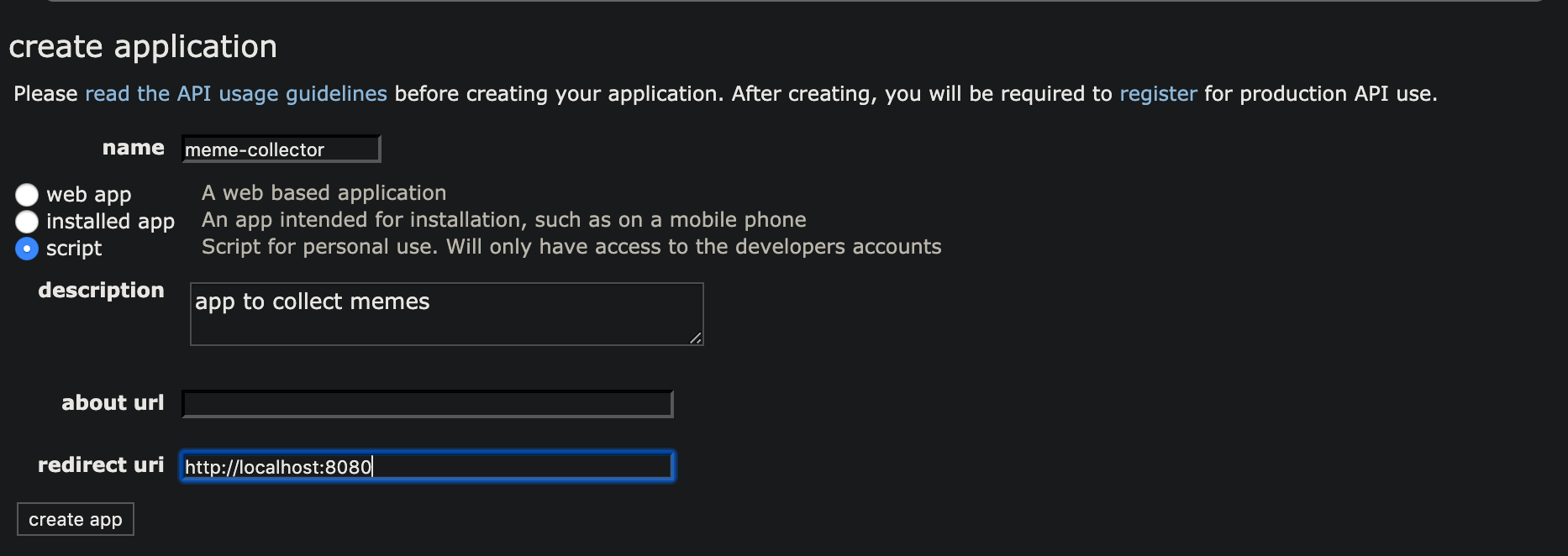

- #Python for secret agents how to#
- #Python for secret agents install#
- #Python for secret agents code#
The secret value is contained in retrieved_secret.value. To read a secret from Key Vault, use the get_secret method: retrieved_secret = client.get_secret(secretName) When Azure handles the request, it authenticates the caller's identity (the service principal) using the credential object you provided to the client. Once you've obtained the client object for the key vault, you can store a secret using the set_secret method: t_secret(secretName, secretValue)Ĭalling set_secret generates a call to the Azure REST API for the key vault. In the example code, the name of your key vault is expanded using the value of the KVUri variable, in the format: " credential = DefaultAzureCredential() For more information, see Managed Identity Overview.
#Python for secret agents code#
When the application is deployed to Azure, the same DefaultAzureCredential code can automatically discover and use a managed identity that is assigned to an App Service, Virtual Machine, or other services. In this quickstart, DefaultAzureCredential authenticates to key vault using the credentials of the local development user logged into the Azure CLI. production) without implementing environment-specific code. This approach enables your app to use different authentication methods in different environments (local vs. DefaultAzureCredential supports multiple authentication methods and determines which method should be used at runtime.

Using the DefaultAzureCredential class provided by the Azure Identity client library is the recommended approach for implementing passwordless connections to Azure services in your code. Rerunning the code with the same secret name may produce the error, "(Conflict) Secret is currently in a deleted but recoverable state." Use a different secret name.Ĭode details Authenticate and create a clientĪpplication requests to most Azure services must be authorized.If you encounter permissions errors, make sure you ran the az keyvault set-policy or Set-AzKeyVaultAccessPolicy command.Then run the code with the following command: python kv_secrets.py Make sure the code in the previous section is in a file named kv_secrets.py. Poller = client.begin_delete_secret(secretName) SecretValue = input("Input a value for your secret > ") SecretName = input("Input a name for your secret > ") KVUri = f" credential = DefaultAzureCredential()Ĭlient = SecretClient(vault_url=KVUri, credential=credential) import osįrom import SecretClientįrom azure.identity import DefaultAzureCredential
#Python for secret agents how to#
The following code sample demonstrates how to create a client, set a secret, retrieve a secret, and delete a secret.Ĭreate a file named kv_secrets.py that contains this code. The Azure Key Vault secret client library for Python allows you to manage secrets. Set-AzKeyVaultAccessPolicy -VaultName "" -UserPrincipalName -PermissionsToSecrets delete,get,list,set

You must therefore set this value using the following command: export KEY_VAULT_NAME=Ĭreate an access policy for your key vault that grants secret permission to your user account.Īz keyvault set-policy -name -upn -secret-permissions delete get list set Our script will use the value assigned to the KEY_VAULT_NAME environment variable as the name of the key vault. Set the KEY_VAULT_NAME environmental variable

Use New-AzKeyVault to create the key vault: New-AzKeyVault -Name -ResourceGroupName myResourceGroup -Location eastus Use the New-AzResourceGroup command to create a resource group: New-AzResourceGroup -Name myResourceGroup -Location eastus You typically use your personal or company name along with other numbers and identifiers. Replace with a name that's unique across all of Azure. Use az keyvault create to create the key vault: az keyvault create -name -resource-group myResourceGroup You can change "eastus" to a location nearer to you, if you prefer. Use the az group create command to create a resource group: az group create -name myResourceGroup -location eastus
#Python for secret agents install#
Install the Key Vault secrets library: pip install azure-keyvault-secrets Install the Azure Active Directory identity library: pip install azure-identity In a terminal or command prompt, create a suitable project folder, and then create and activate a Python virtual environment as described on Use Python virtual environments. If PowerShell can open your default browser, it will do so and load an Azure sign-in page. Sign in with your account credentials in the browser. Otherwise, open a browser page at and enter theĪuthorization code displayed in your terminal. If the CLI can open your default browser, it will do so and load an Azure sign-in page.


 0 kommentar(er)
0 kommentar(er)
